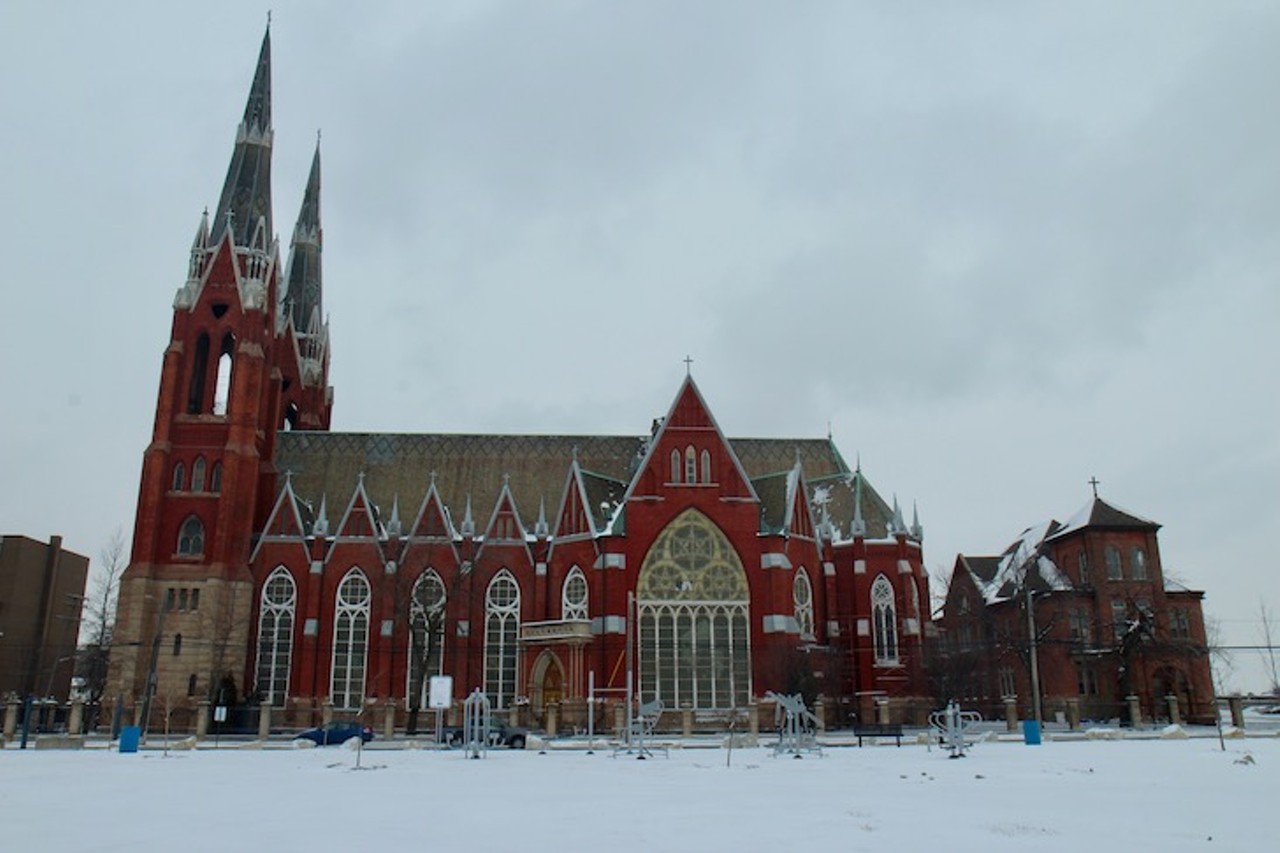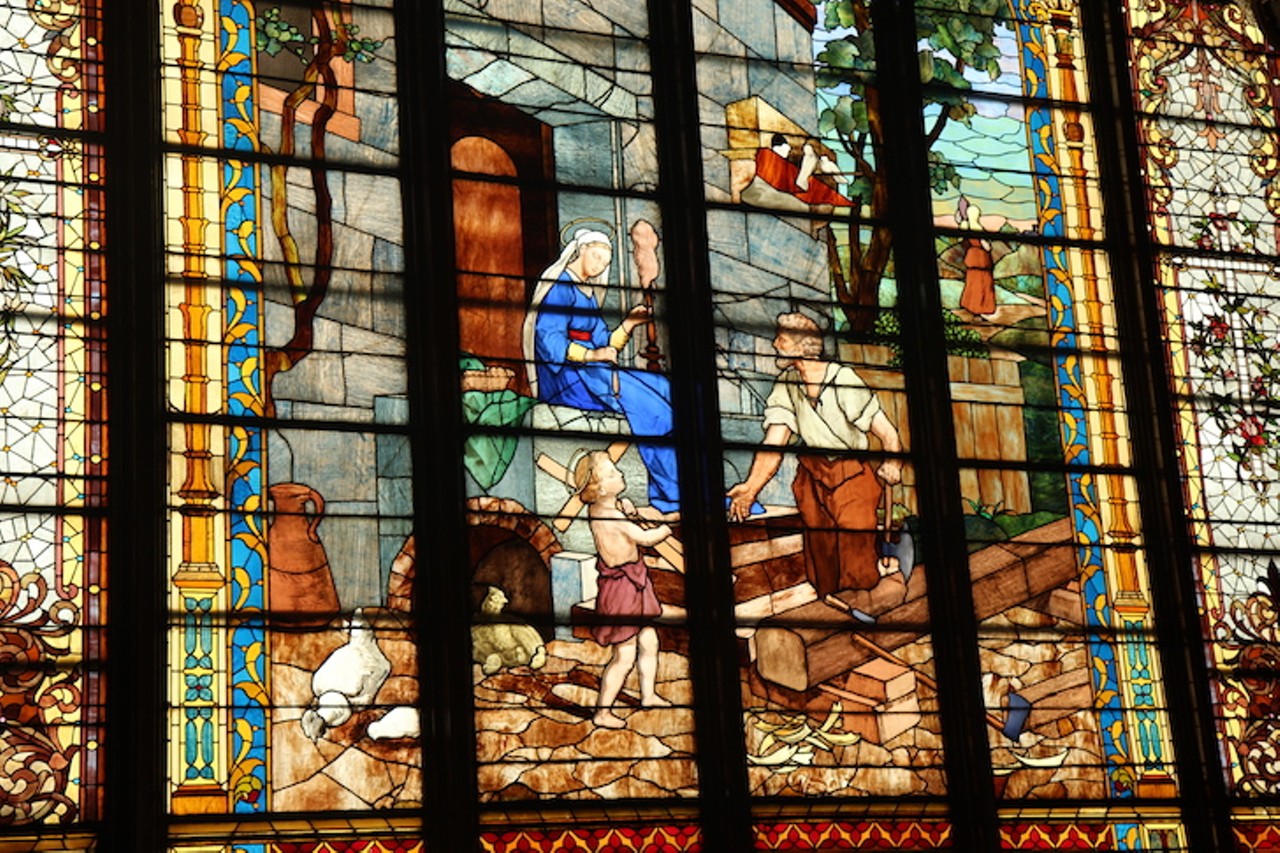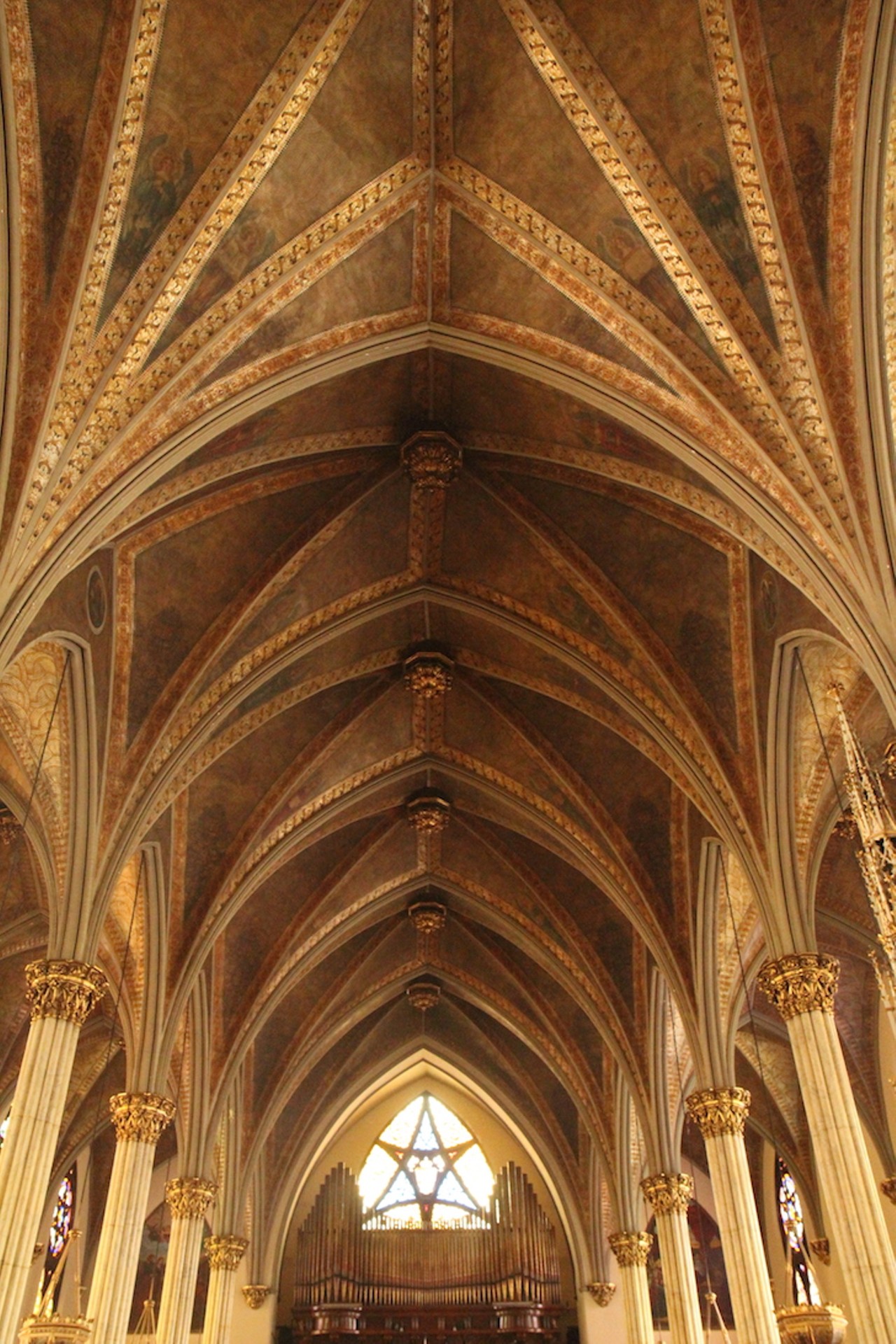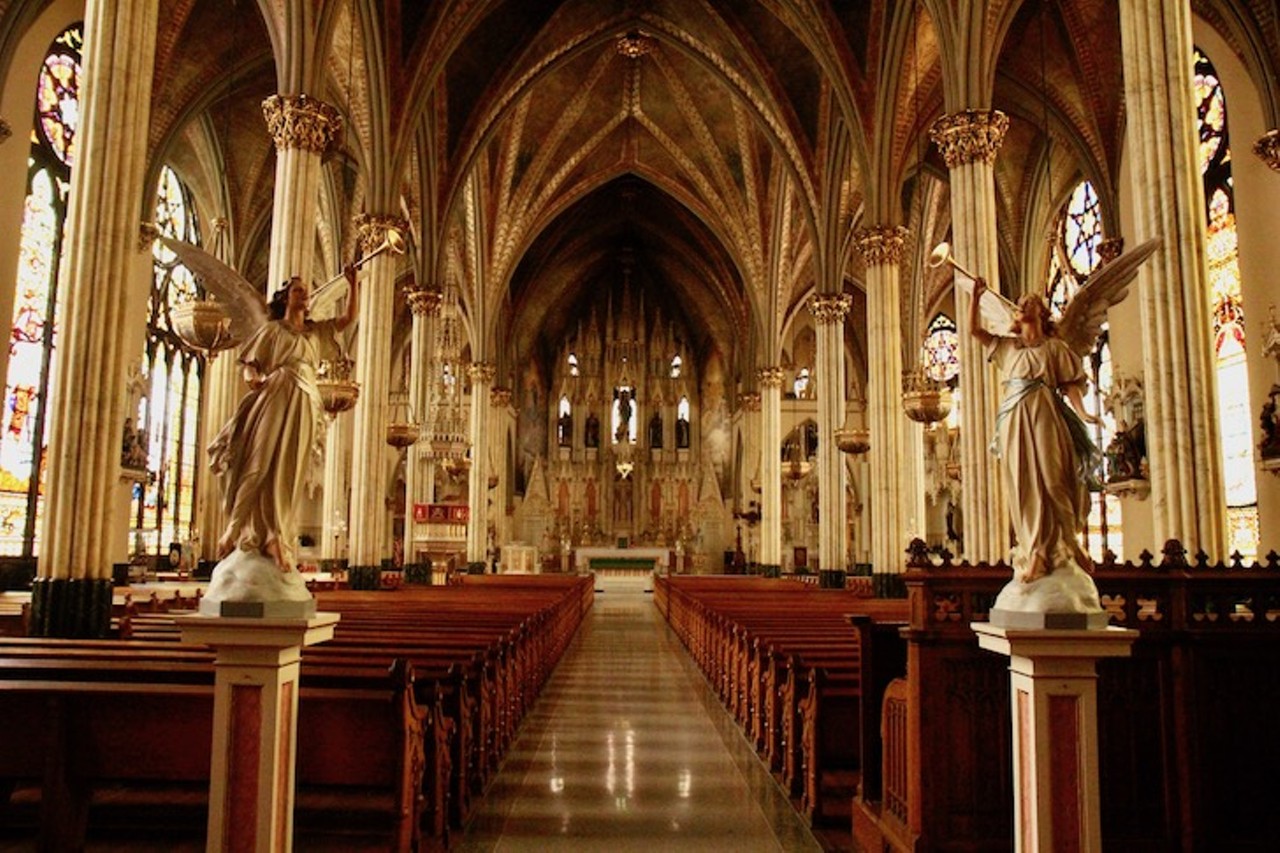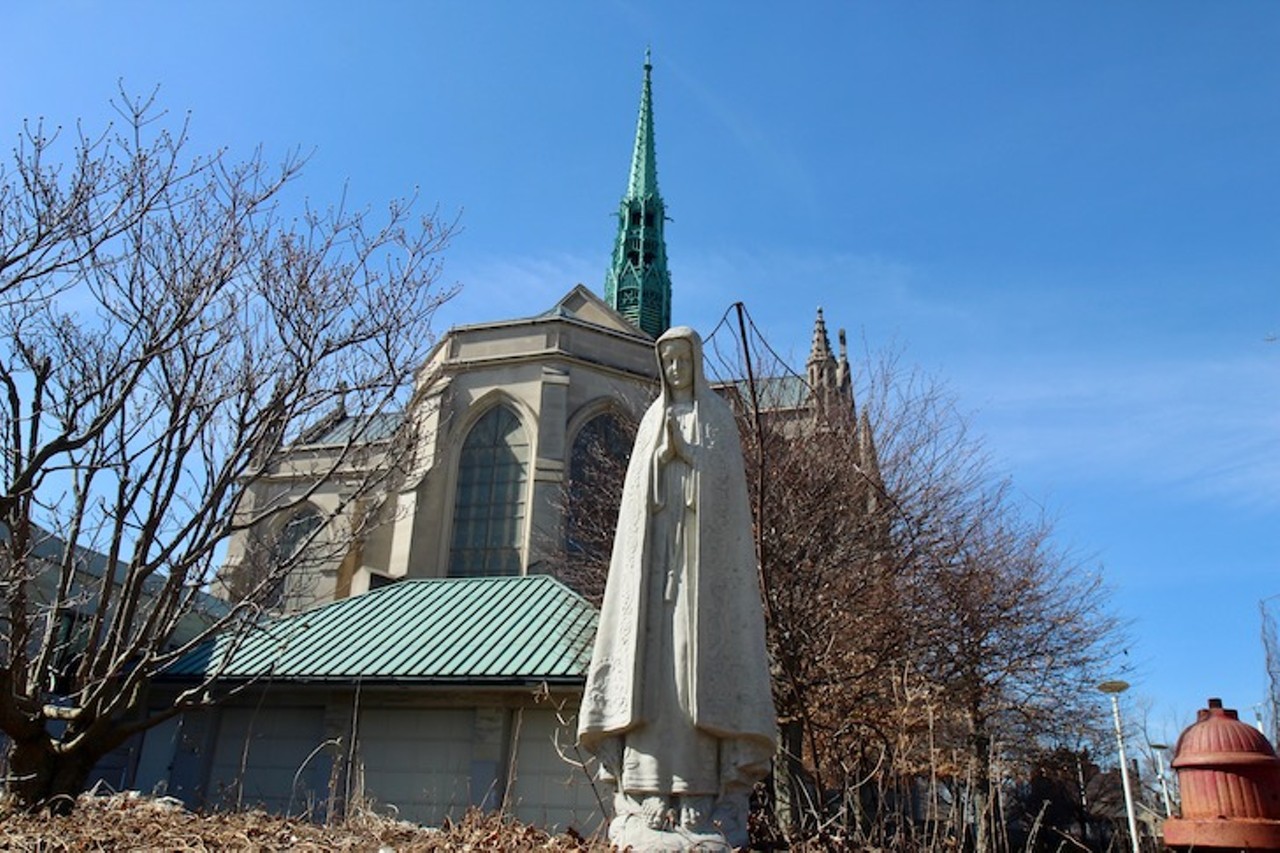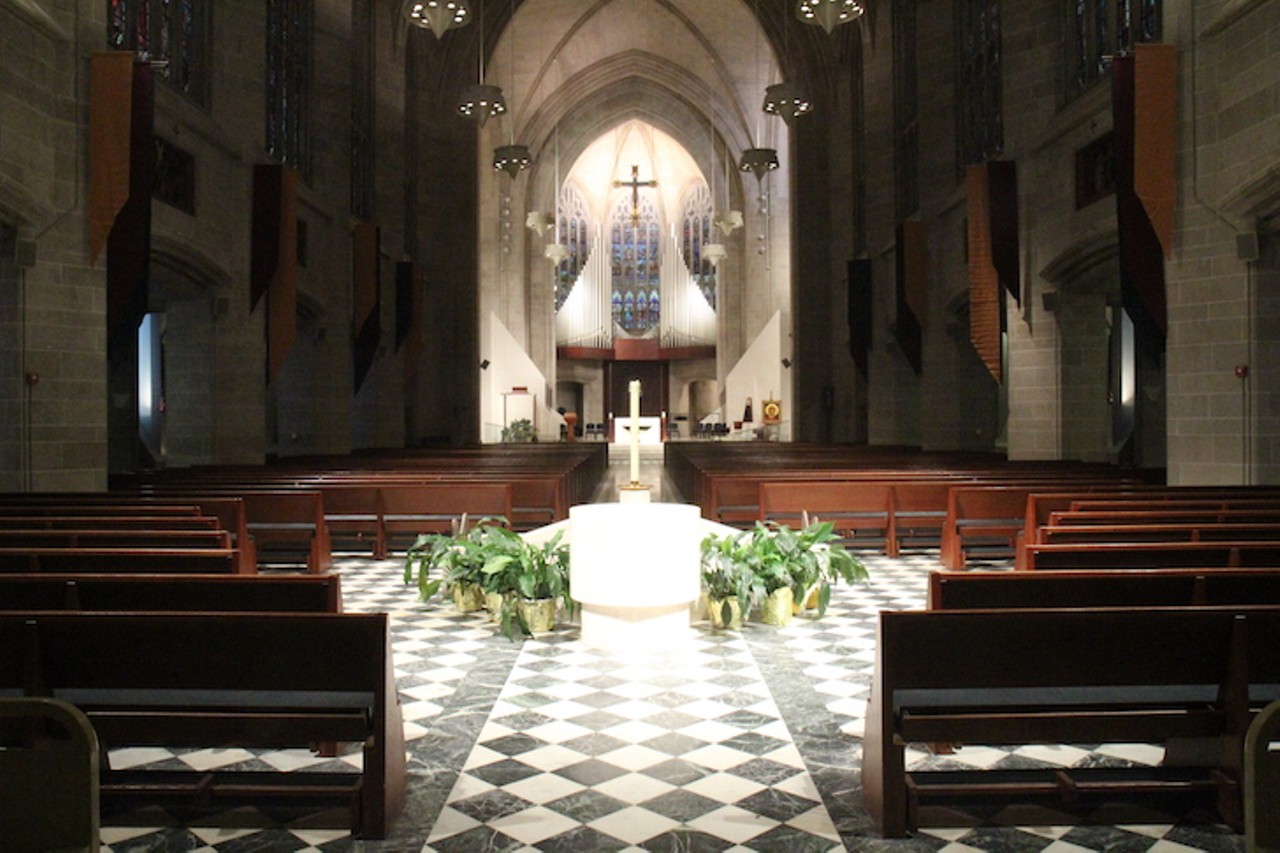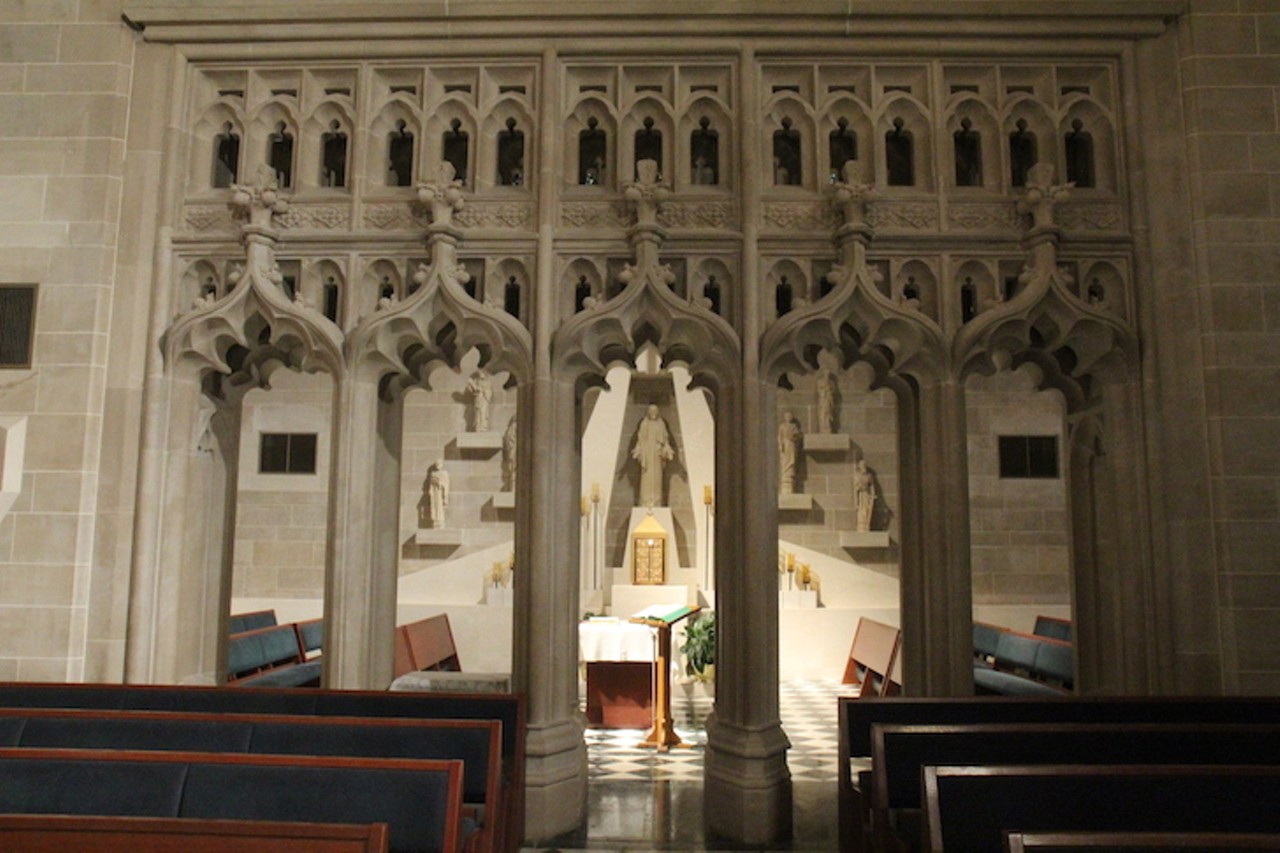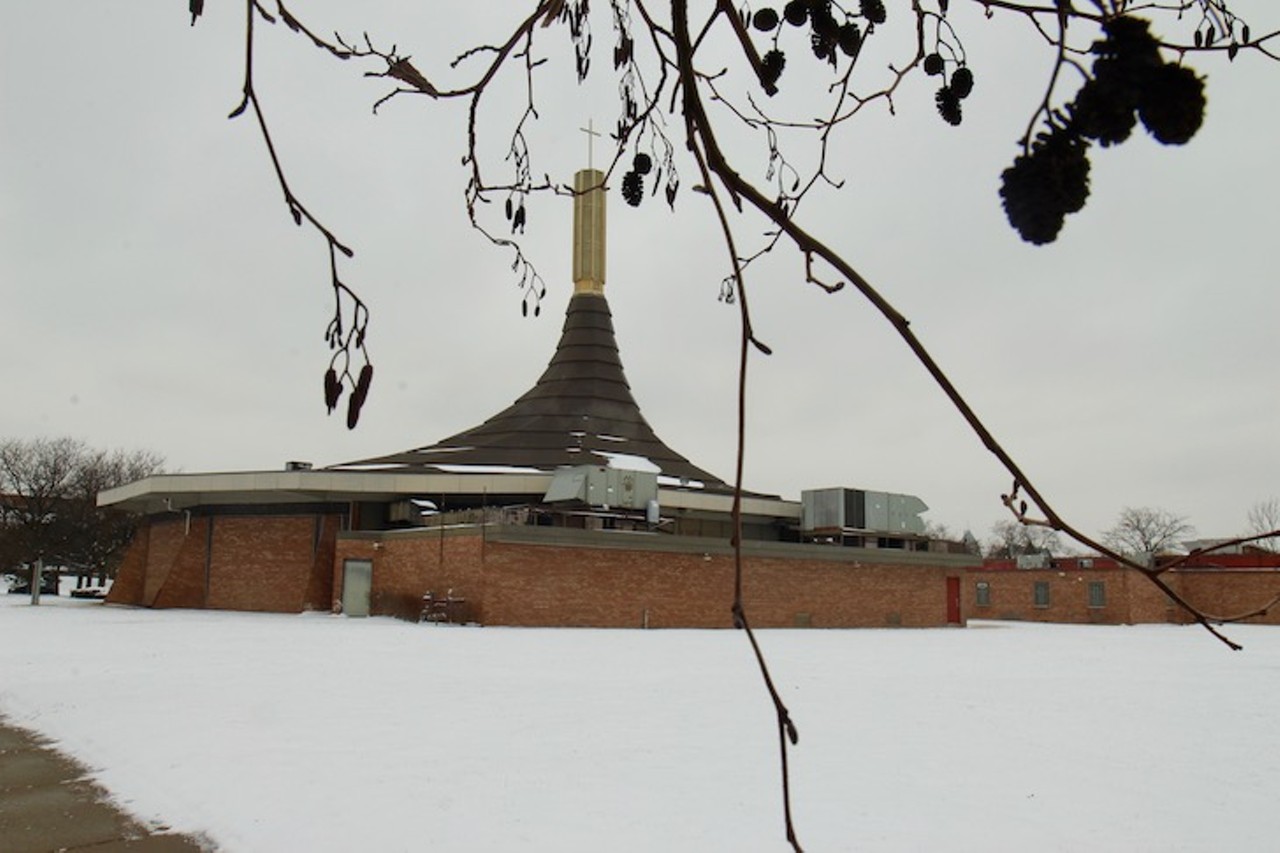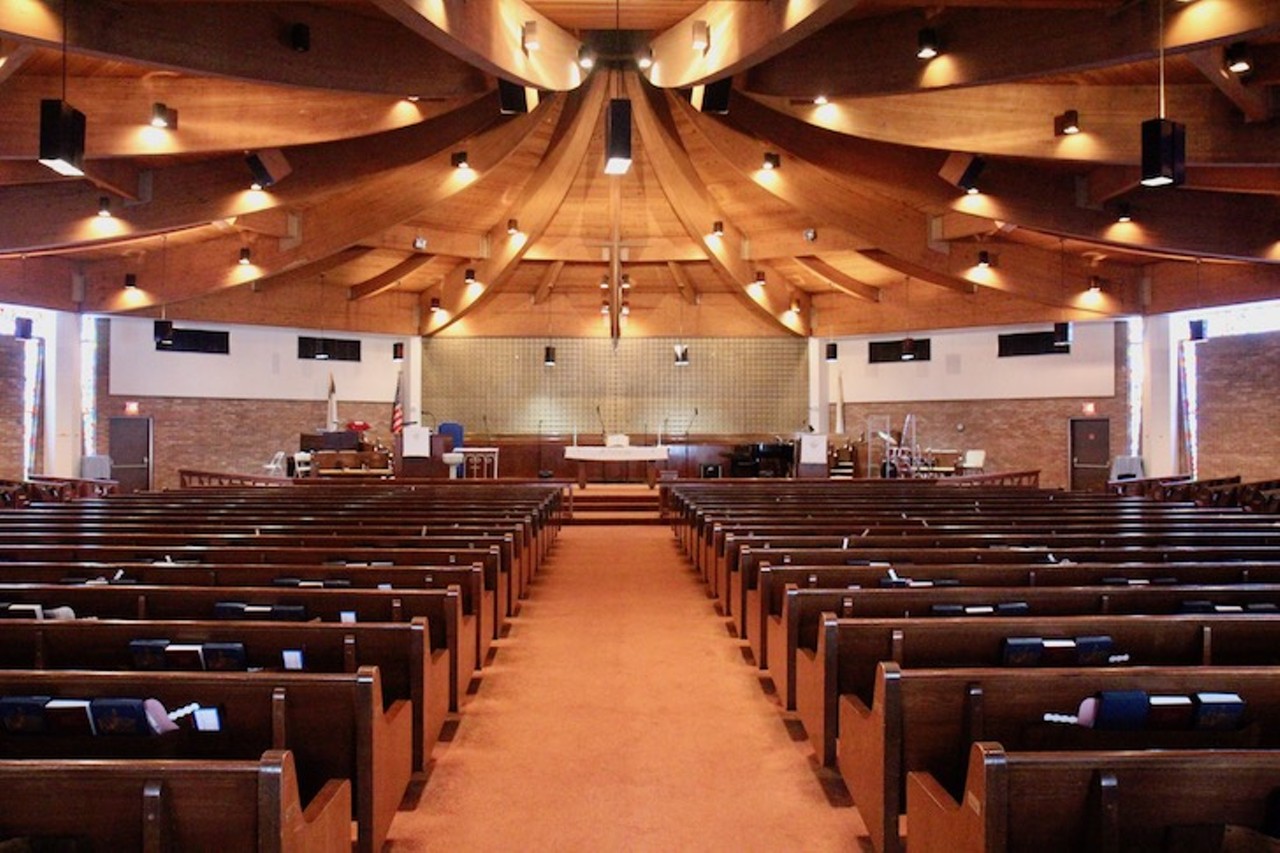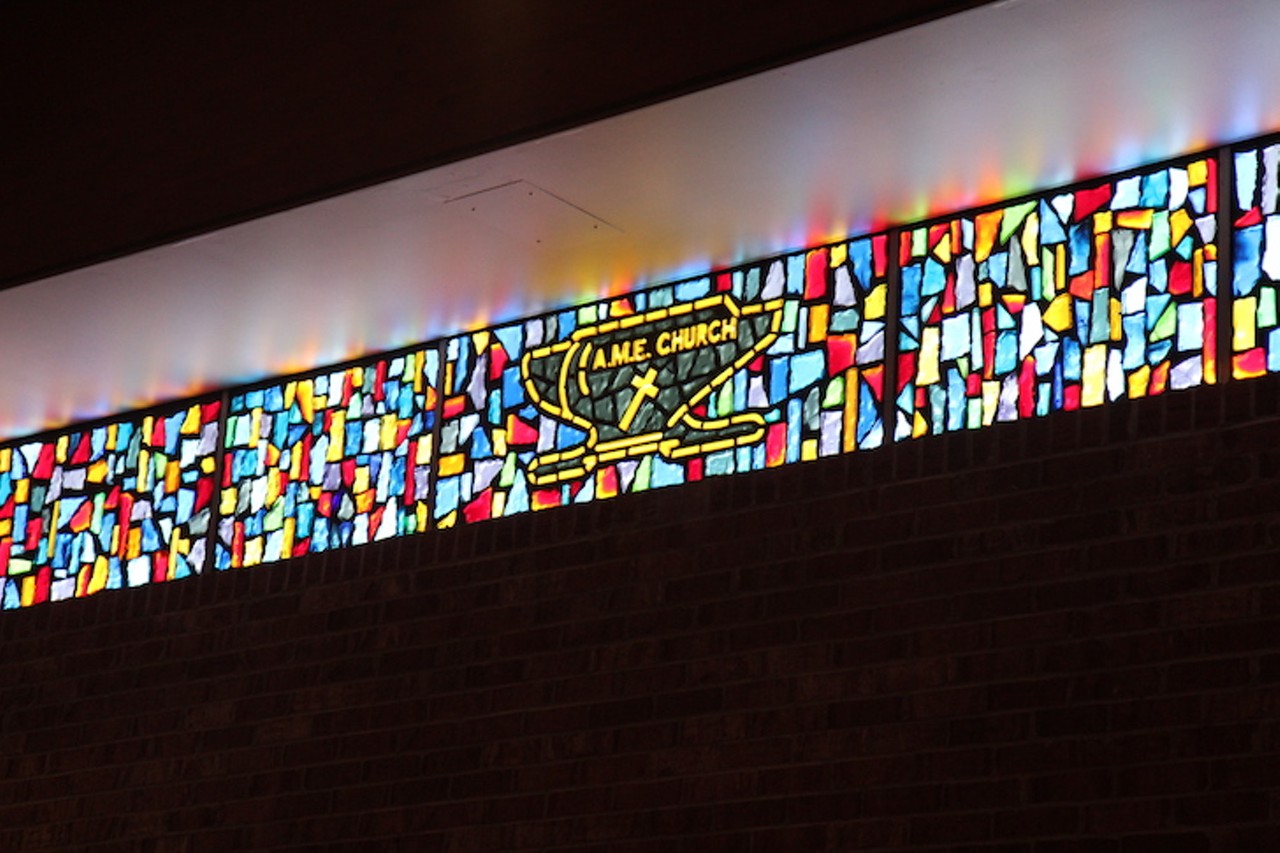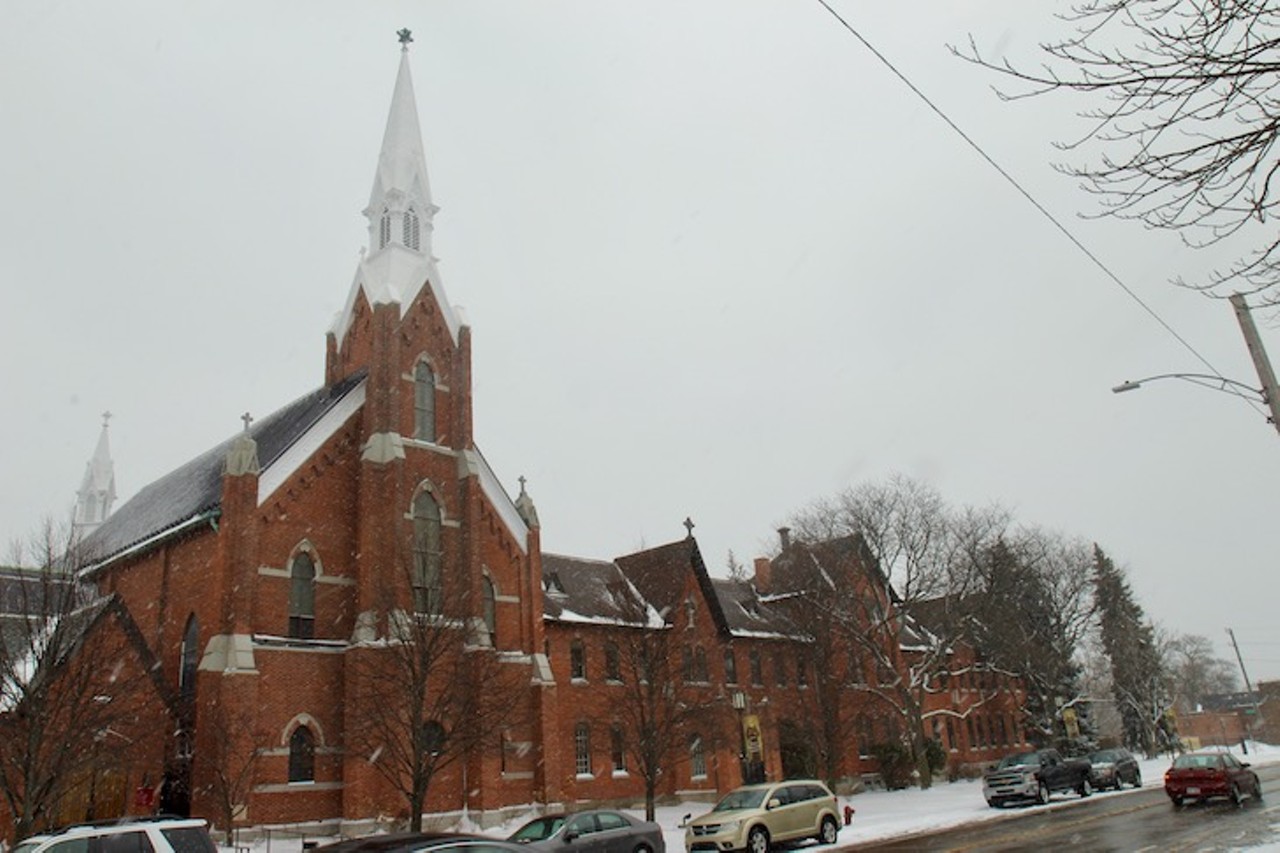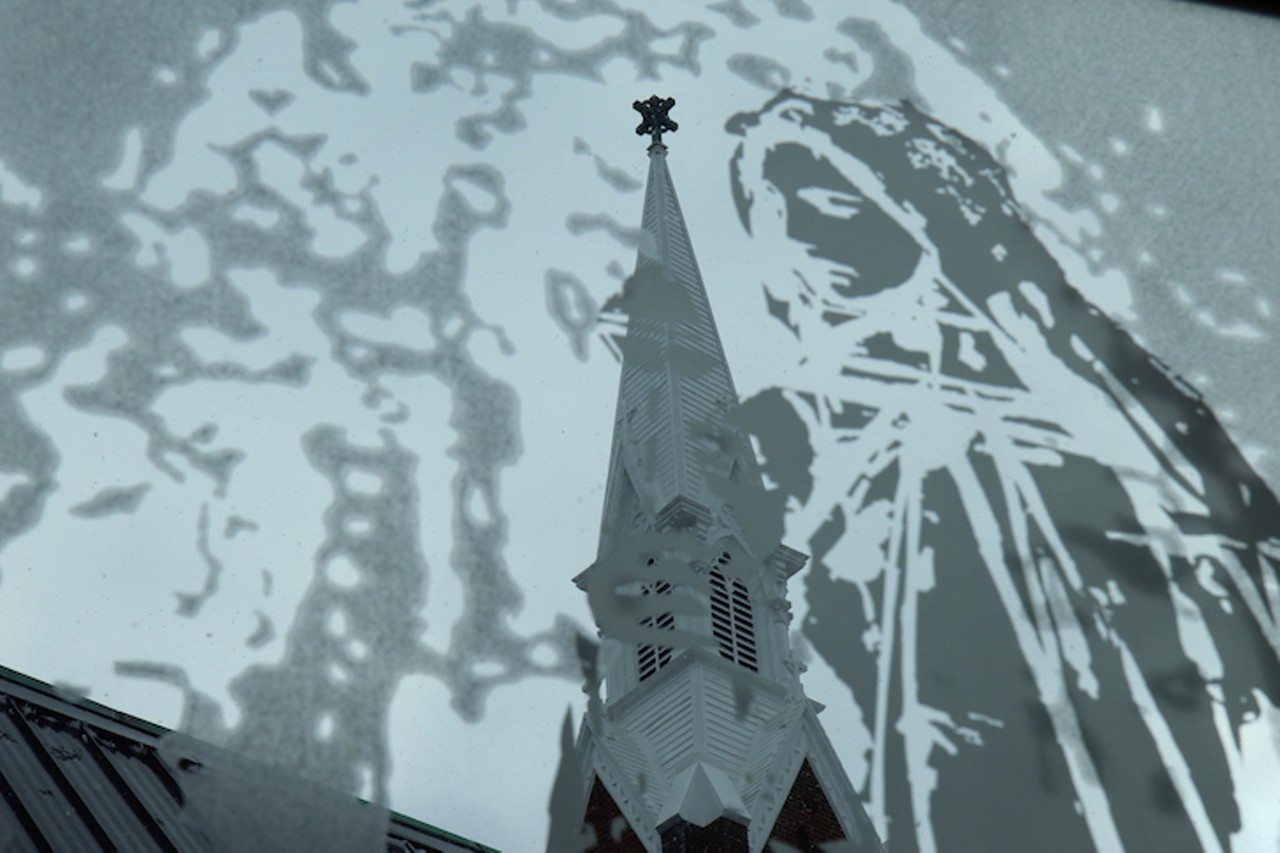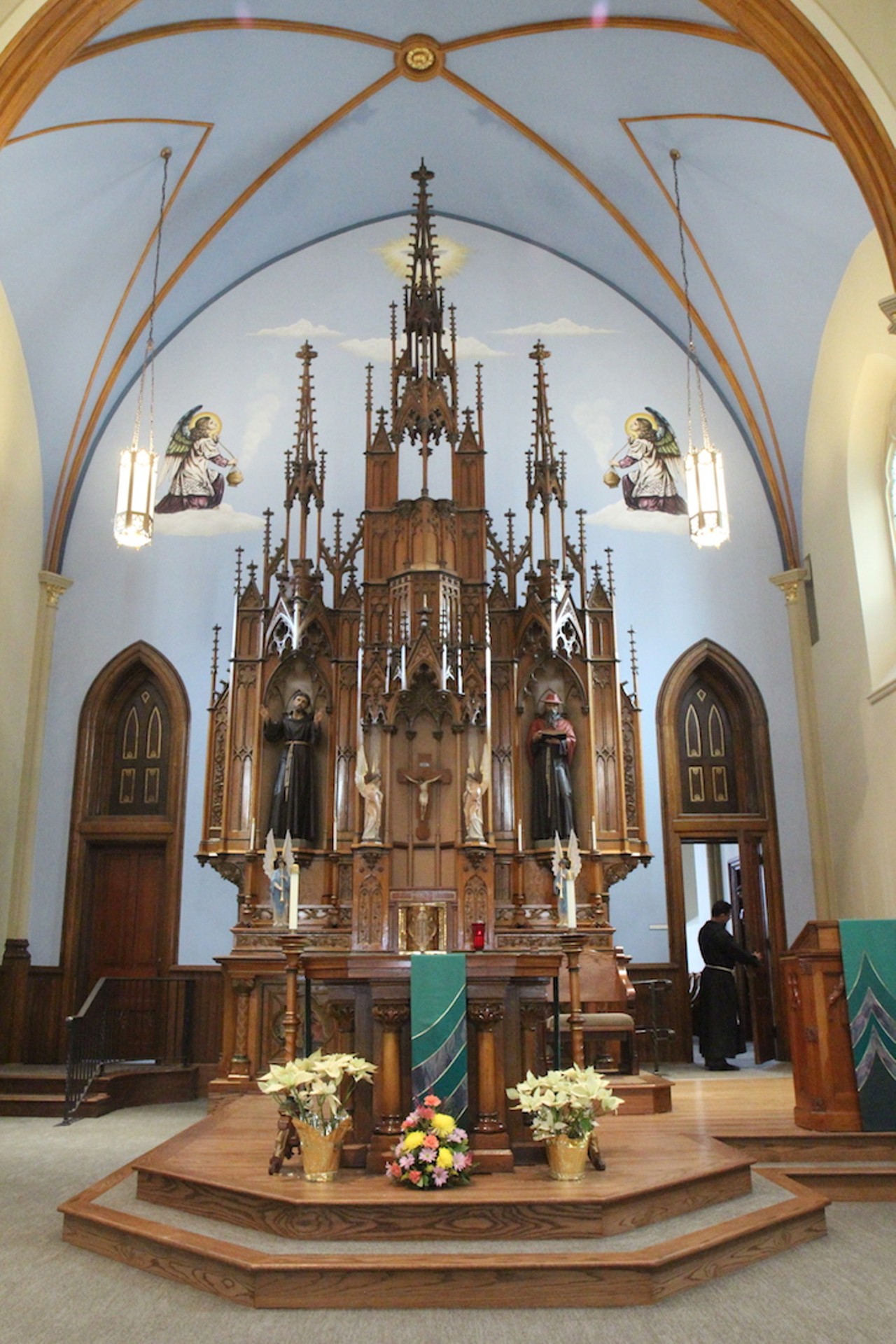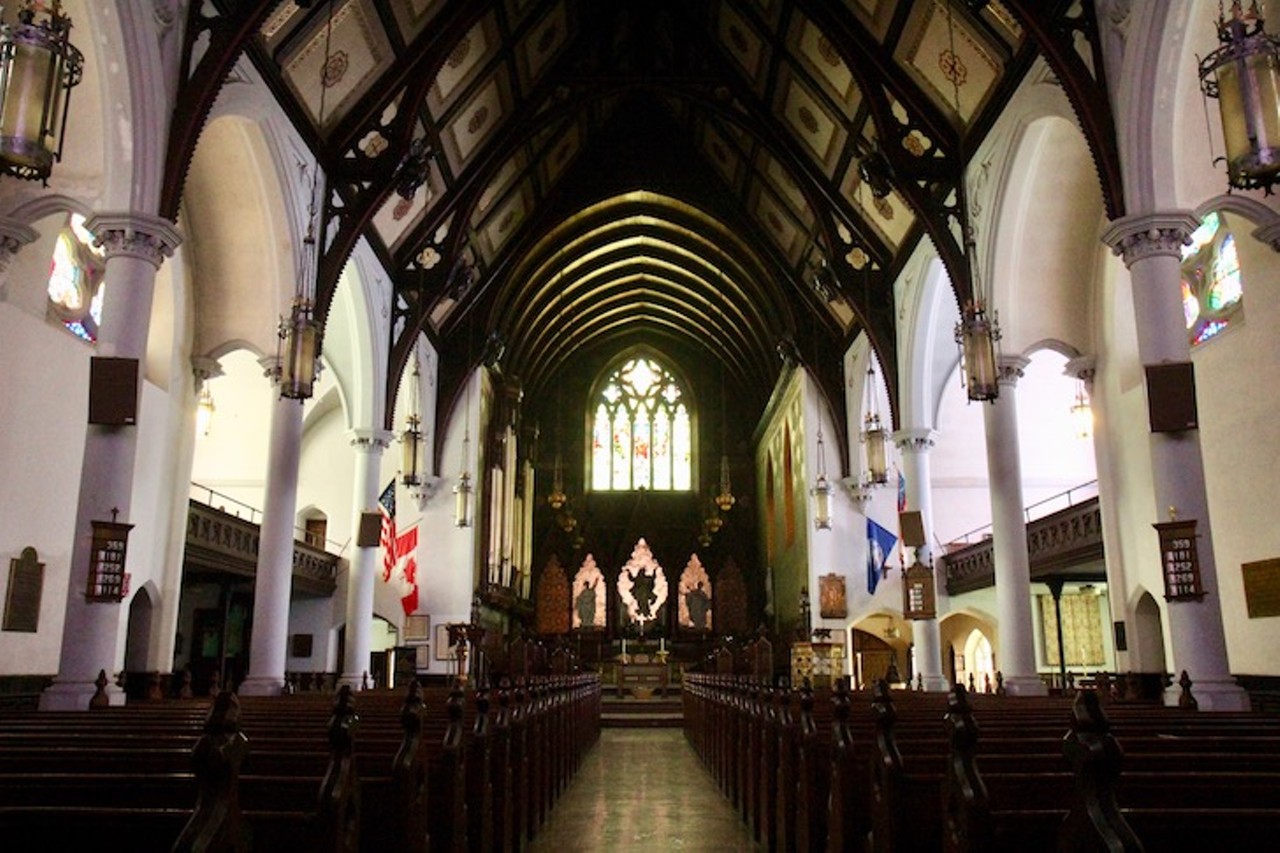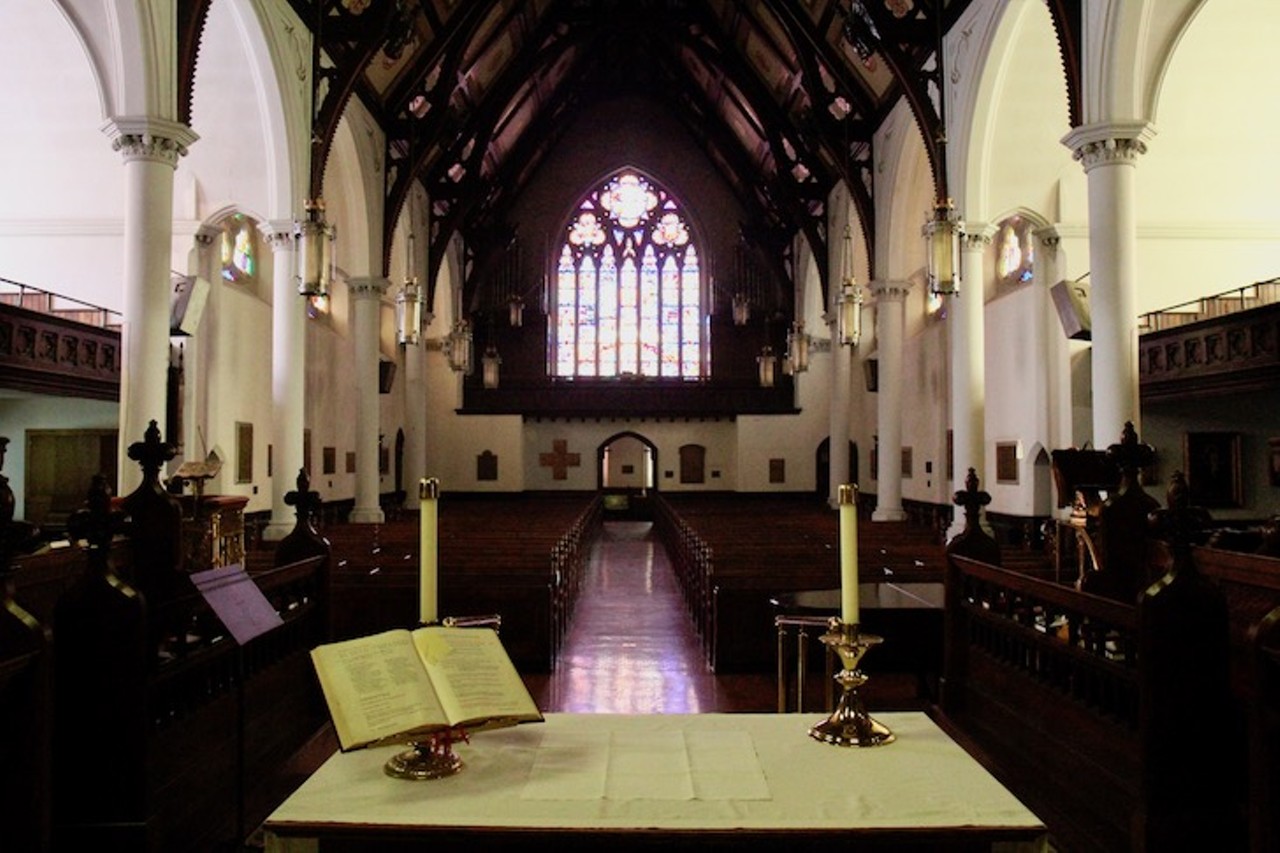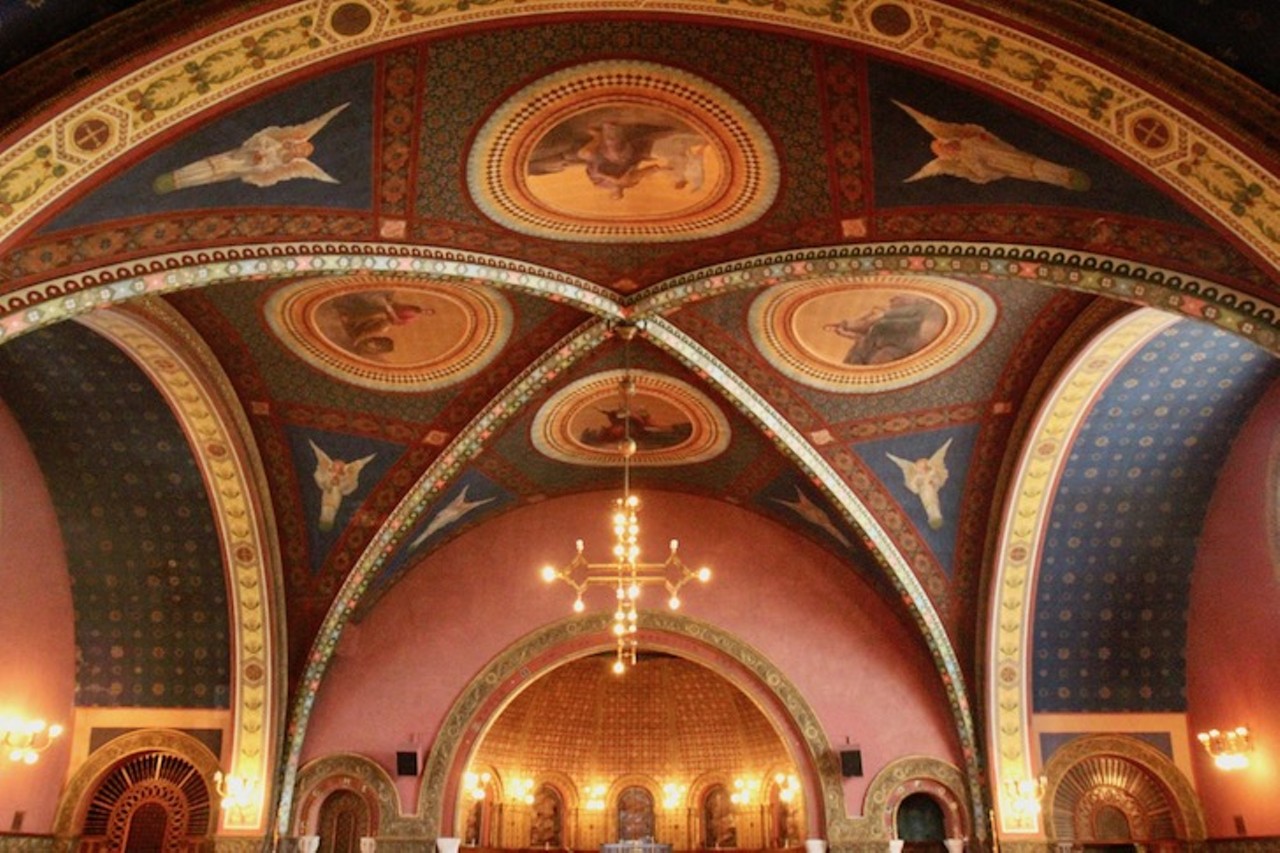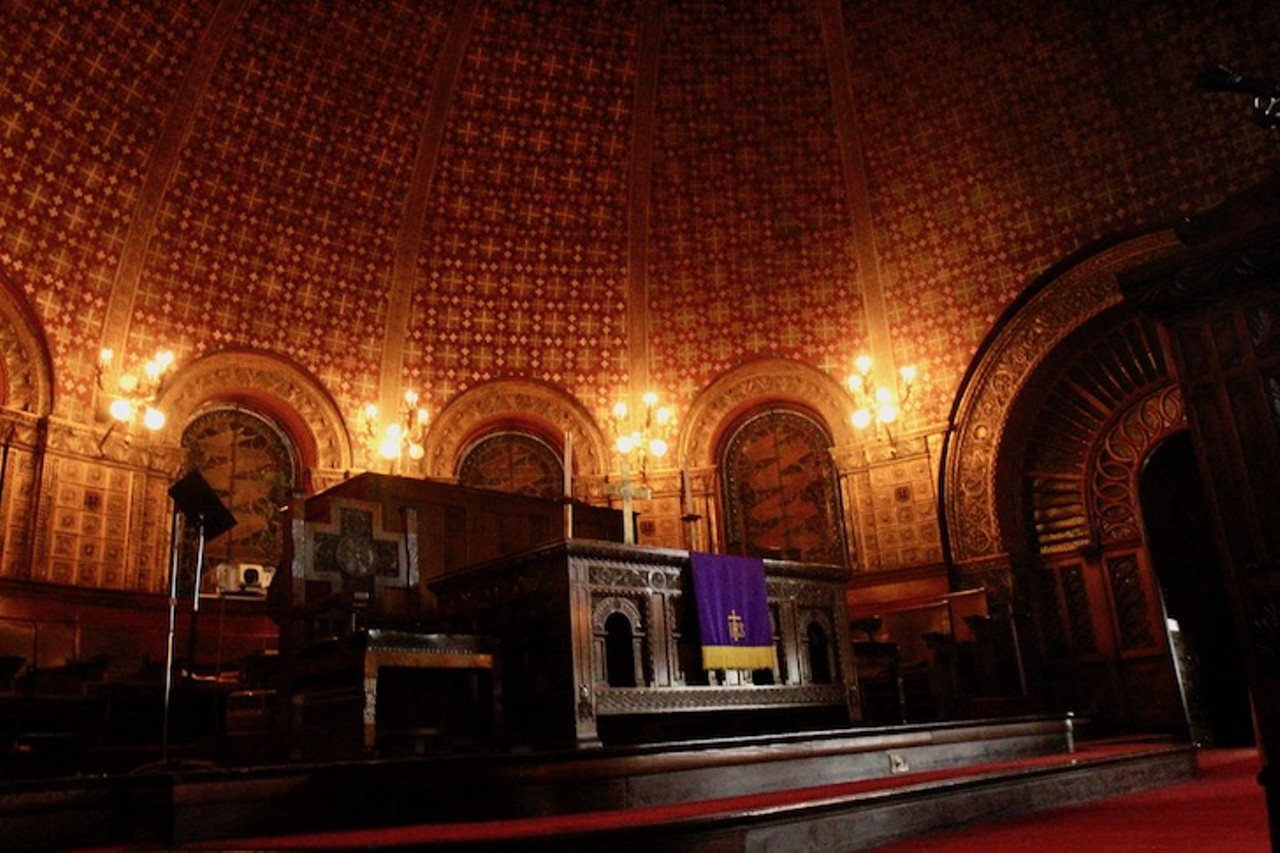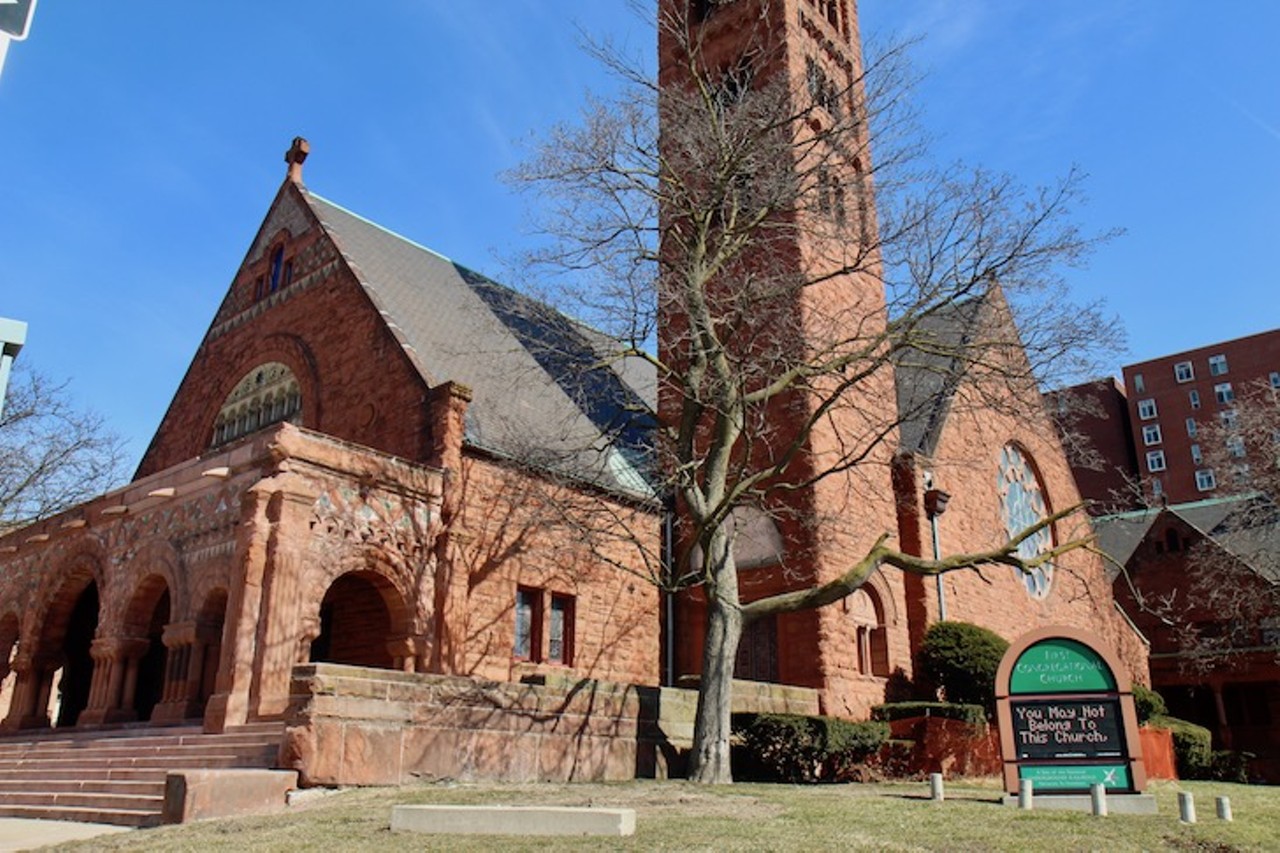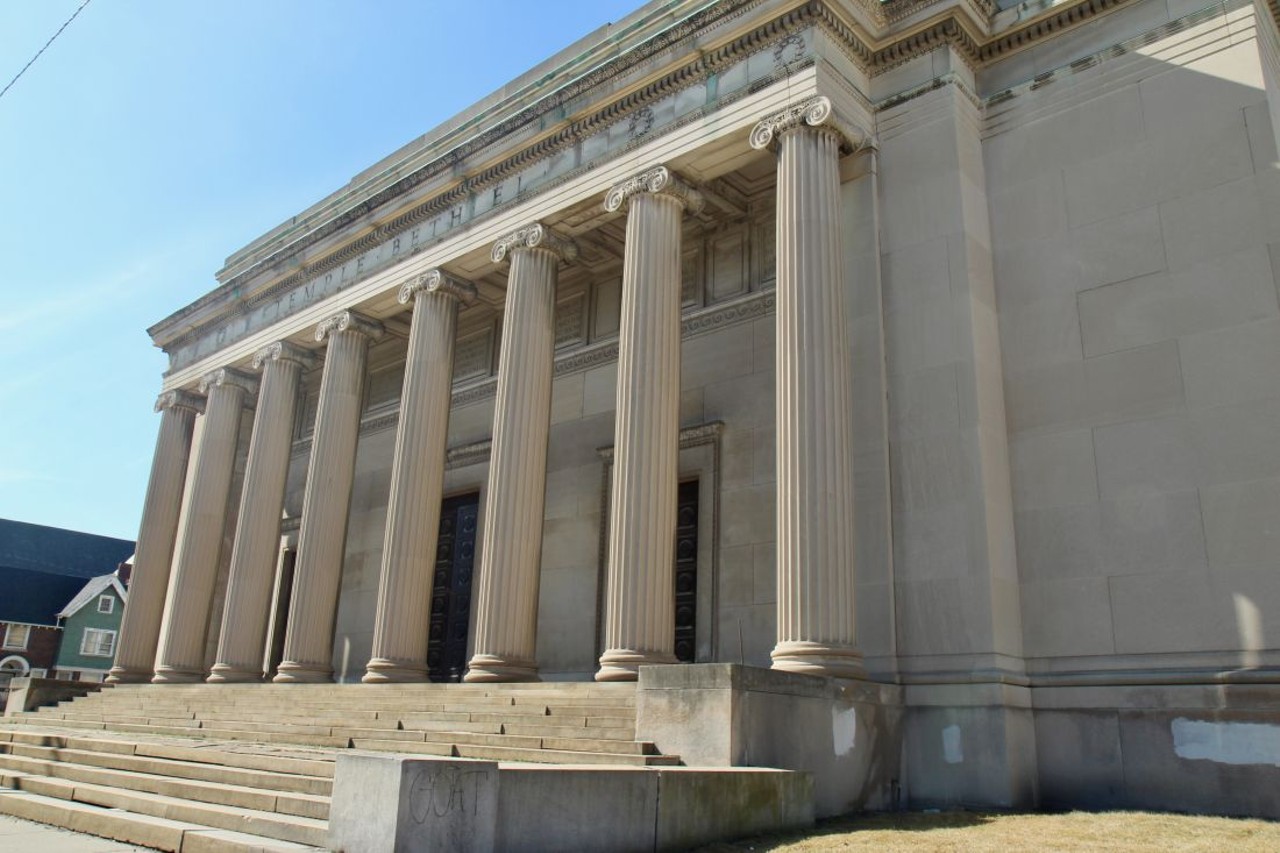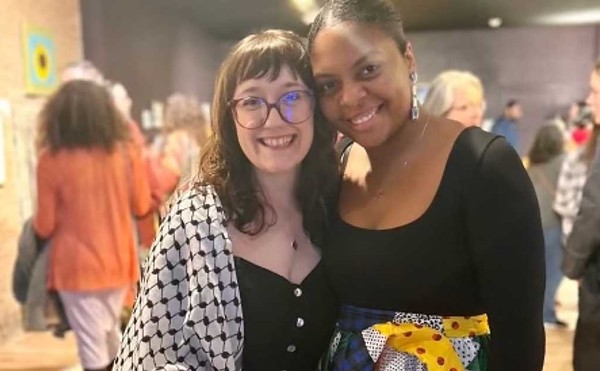One would be hard pressed to find any corner of the Motor City devoid of those towering spires, jutting out into the sky.
Detroit boasts more churches per square mile than any other city in the country, touts the Detroit Metro Convention and Visitors Bureau. From Polish-Catholic to Protestant to the reemergence of Roman Catholicism as the city’s Hispanic population continues to grow, Detroit’s churches tell a story about how the population’s demographics have changed over the centuries. As some churches fell victim to decay or in some cases, alleged arson, other religious institutions of Detroit’s increasingly diverse population have filled the void.
Even as groups left for the suburbs, religious interest declined, and other groups were forcibly moved for the sake of “urban renewal,” these beautiful architectural institutions remain as testaments to the greatness and resilience that have always defined the Comeback City.
Words by Will Feuer

